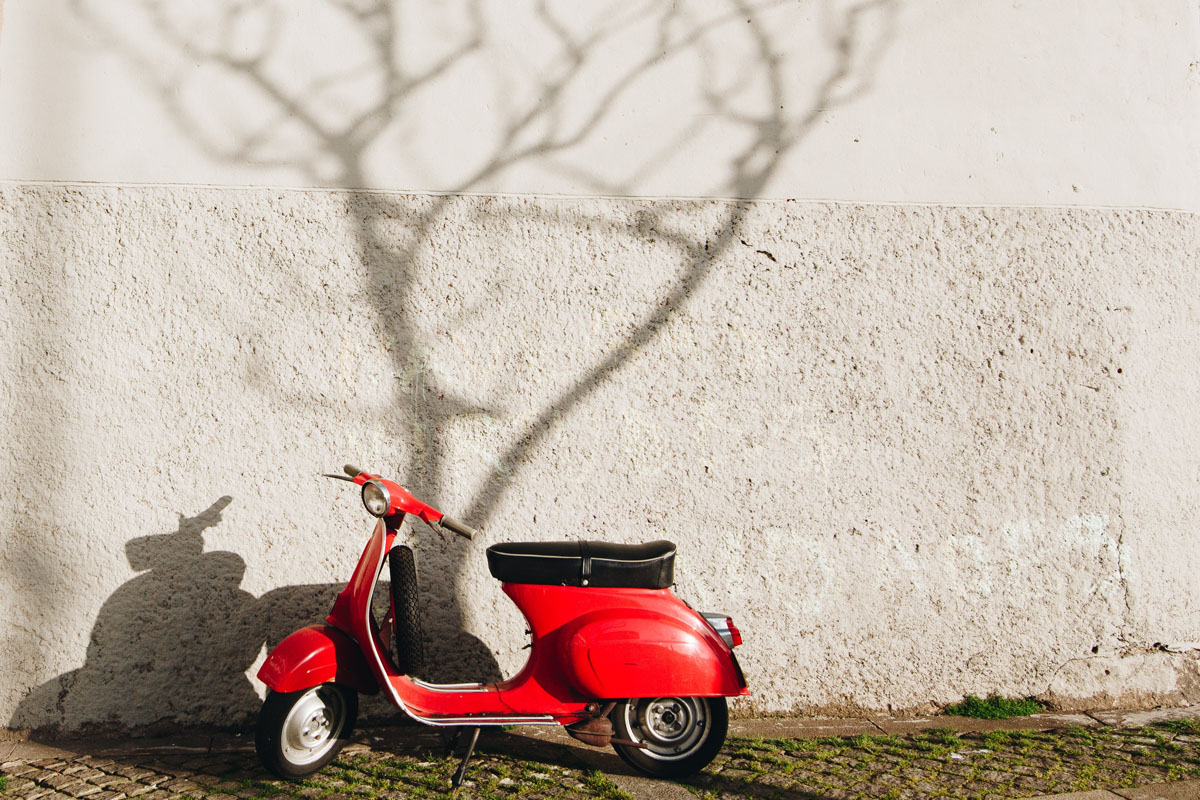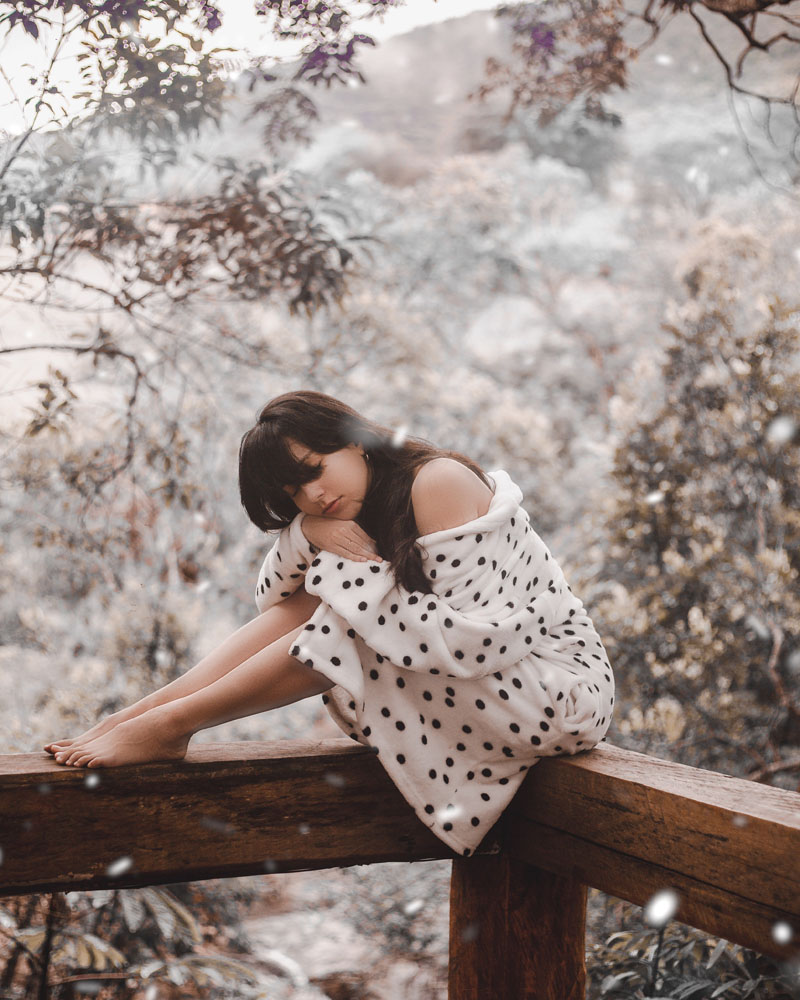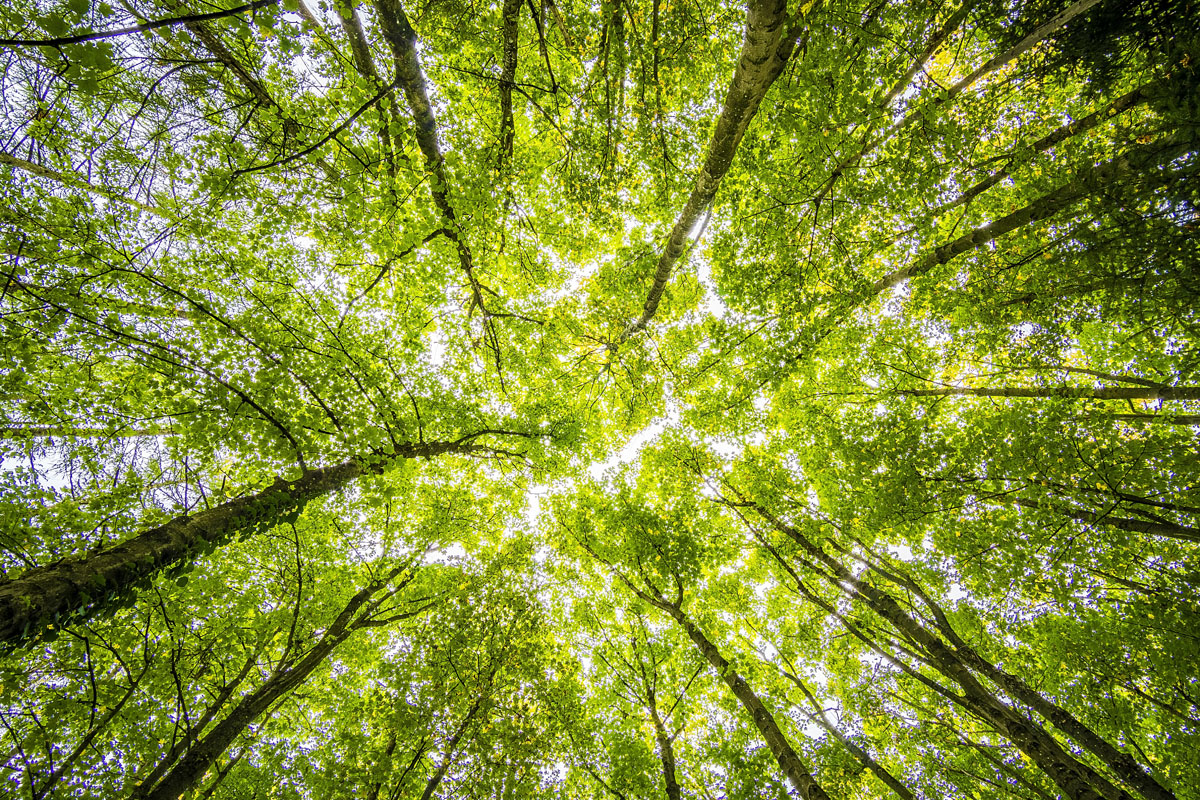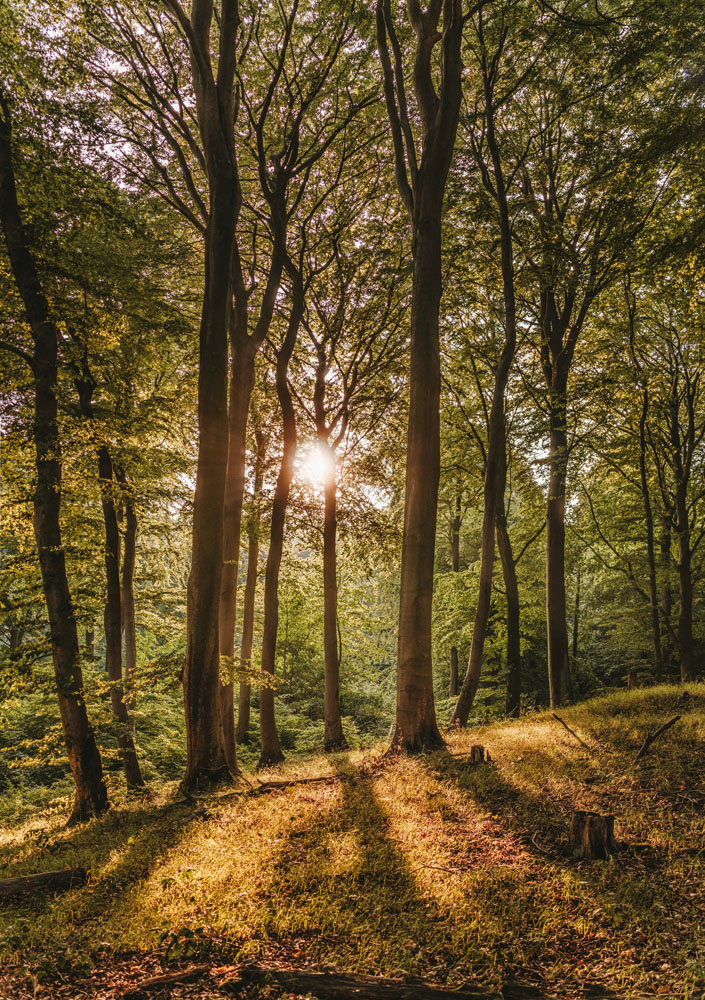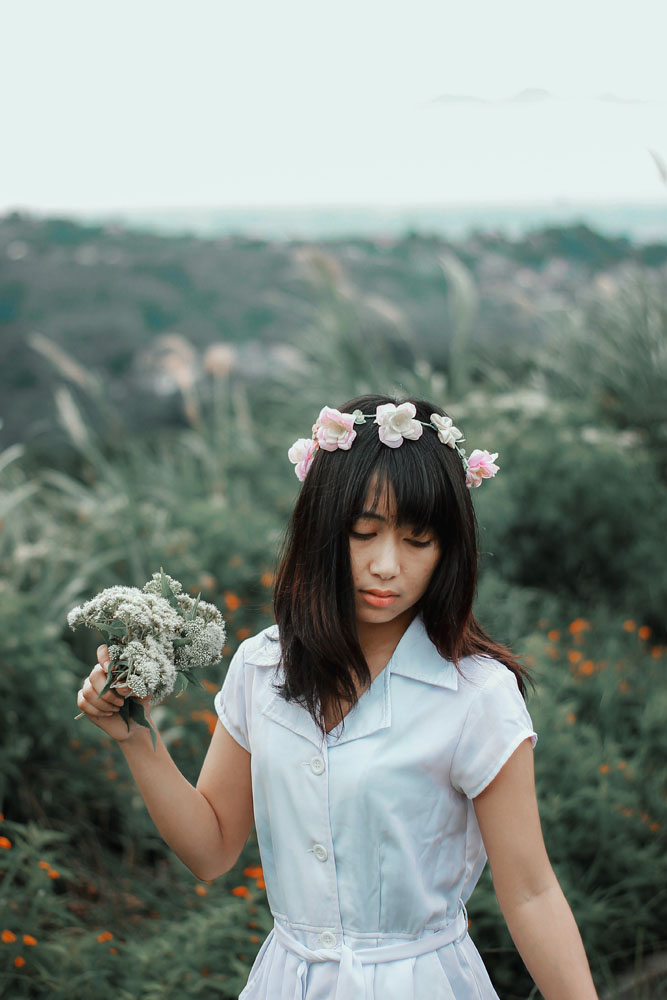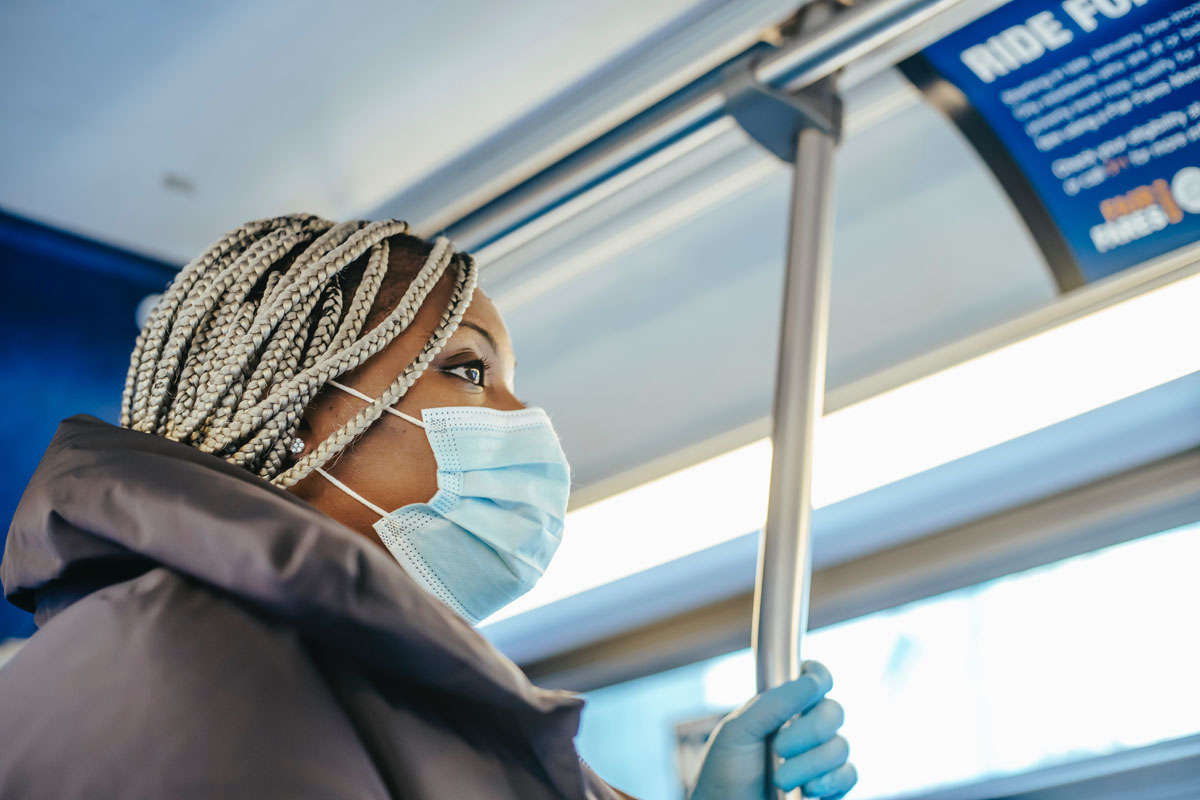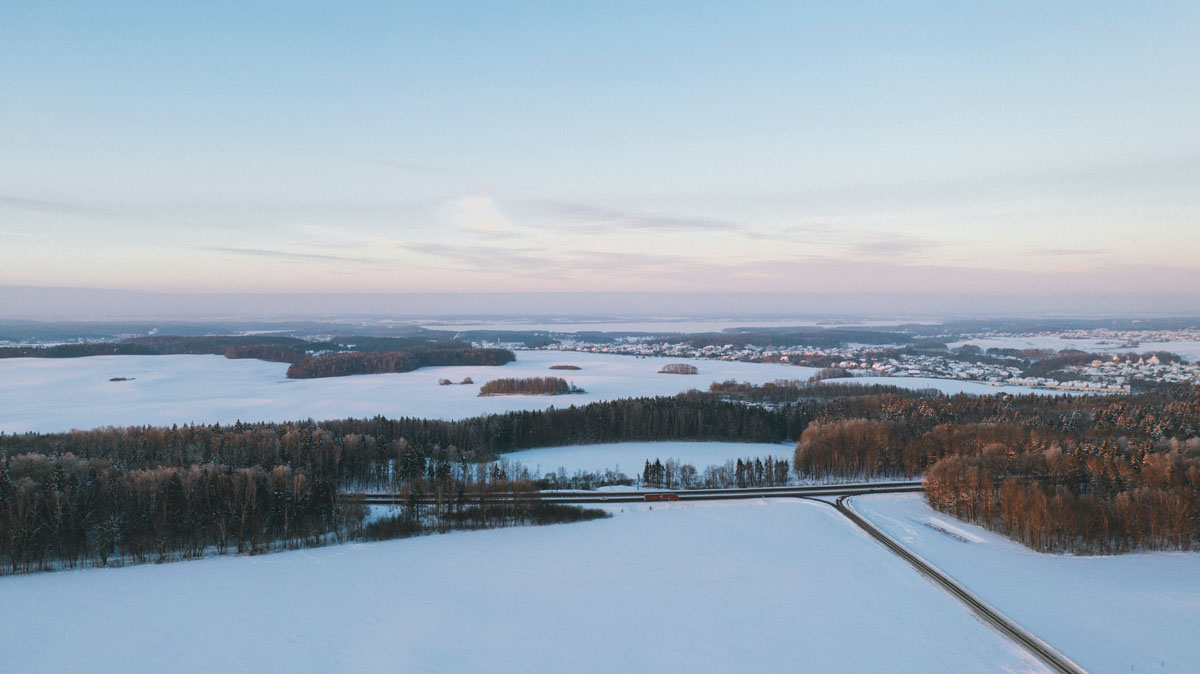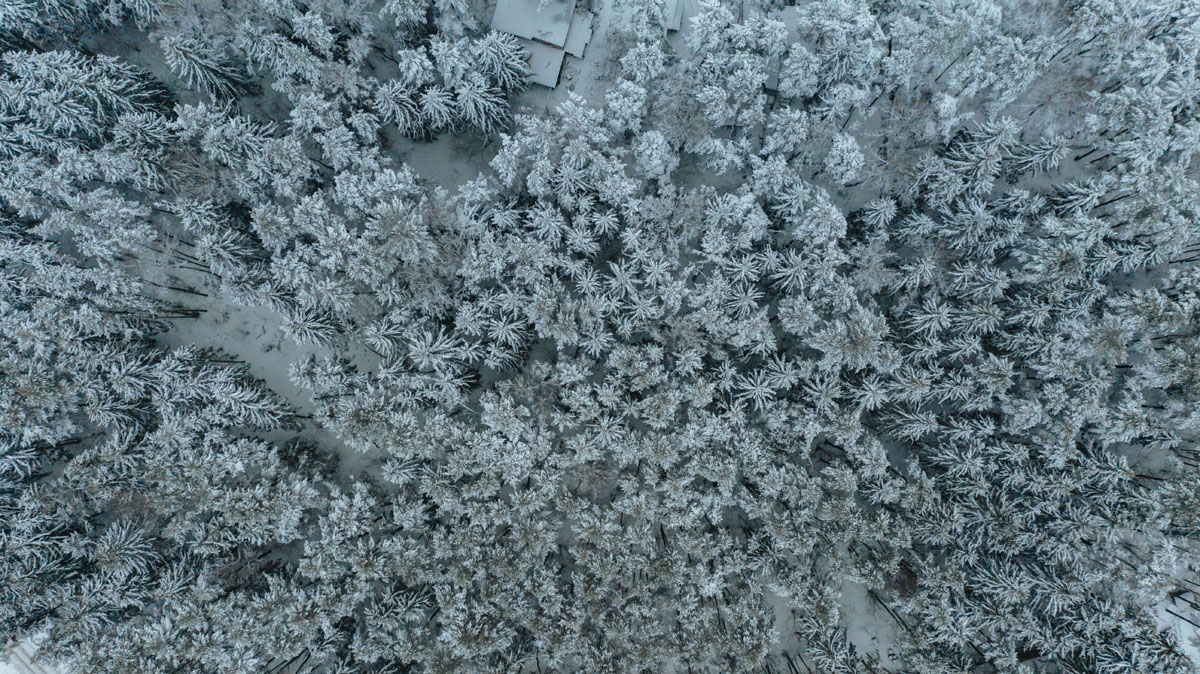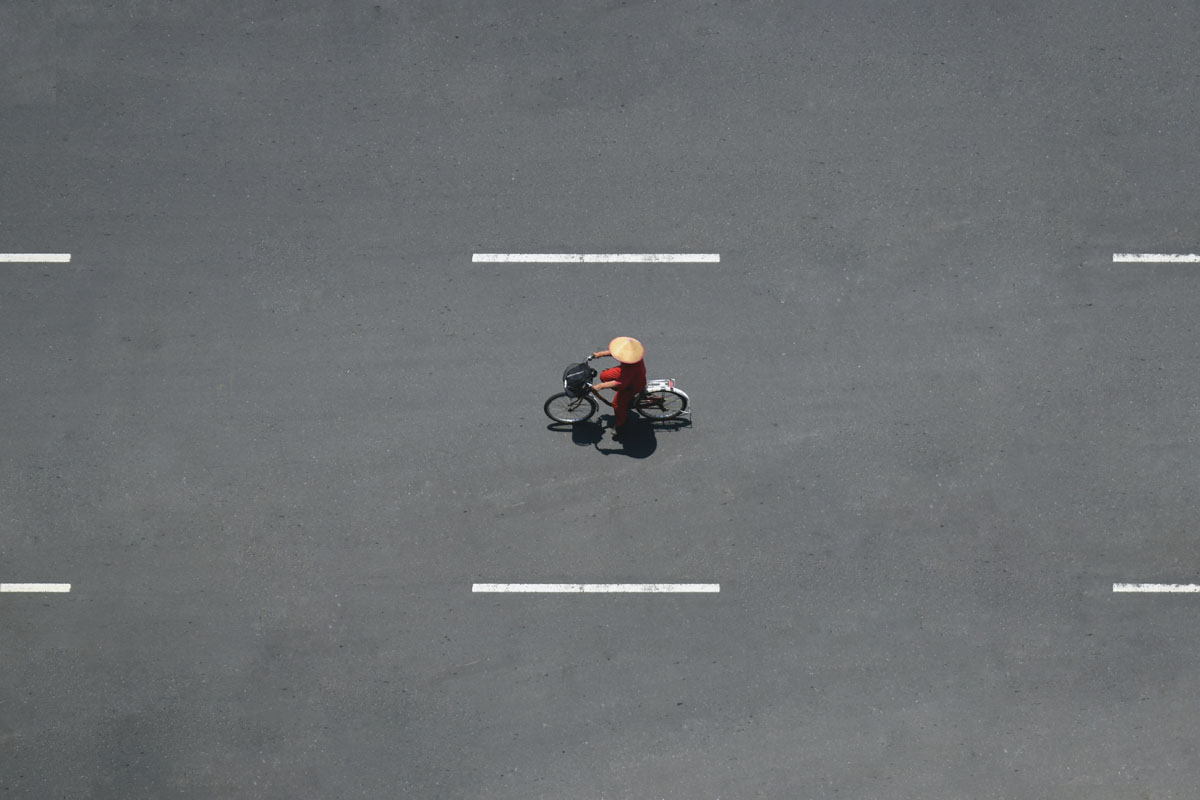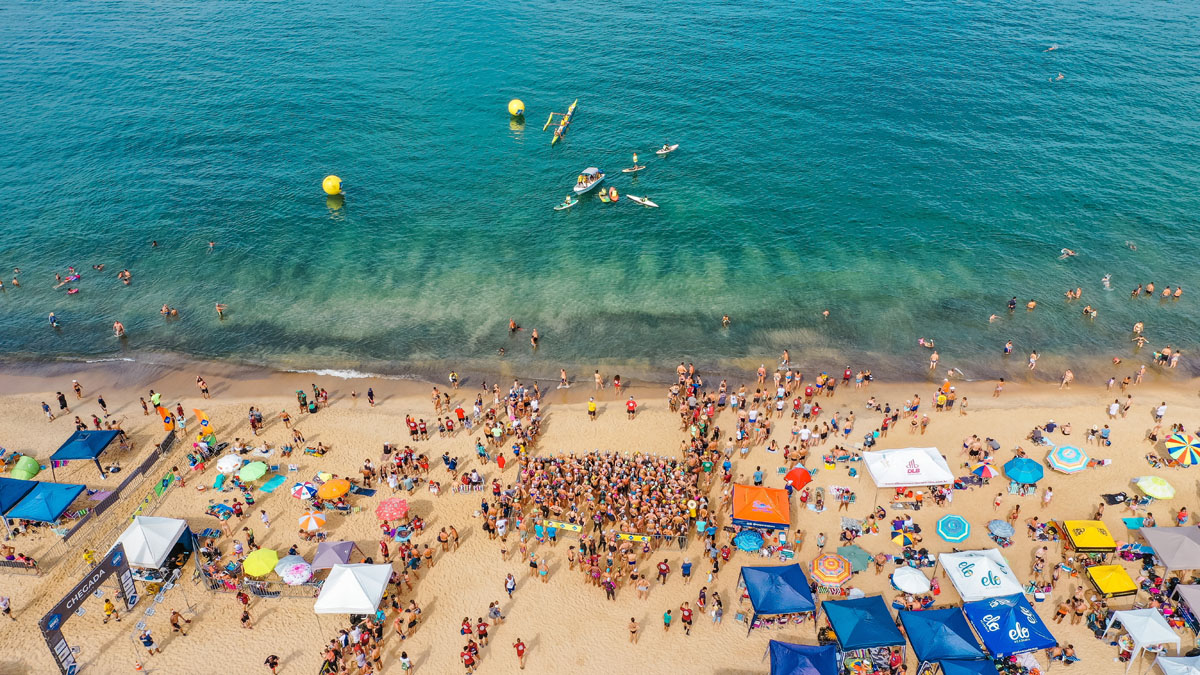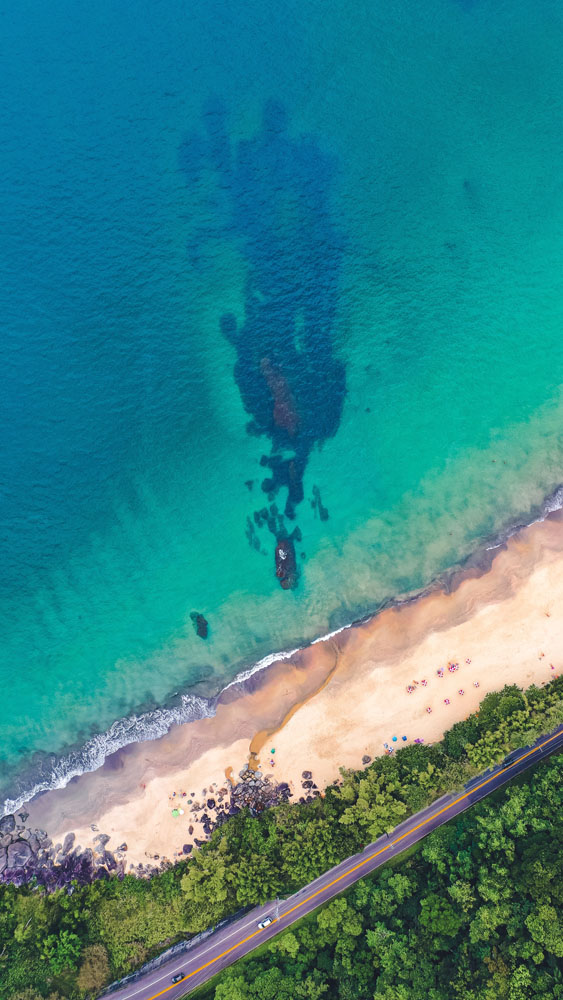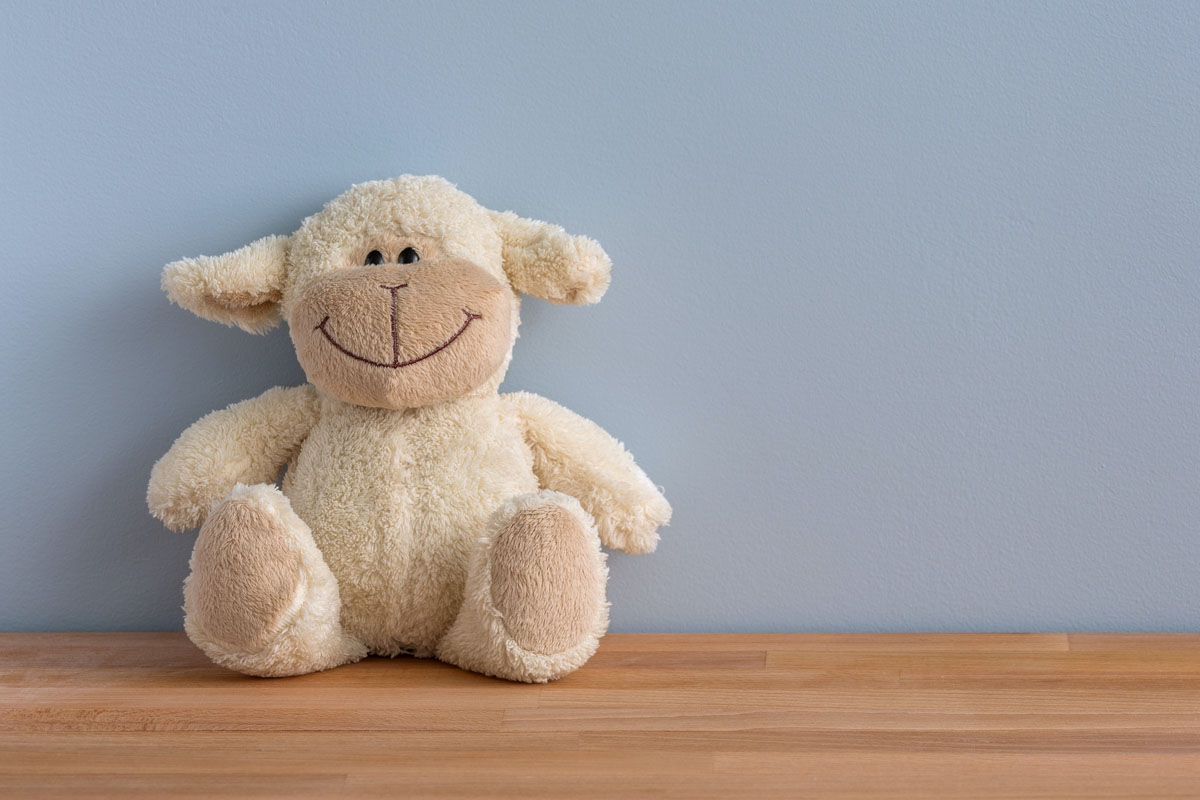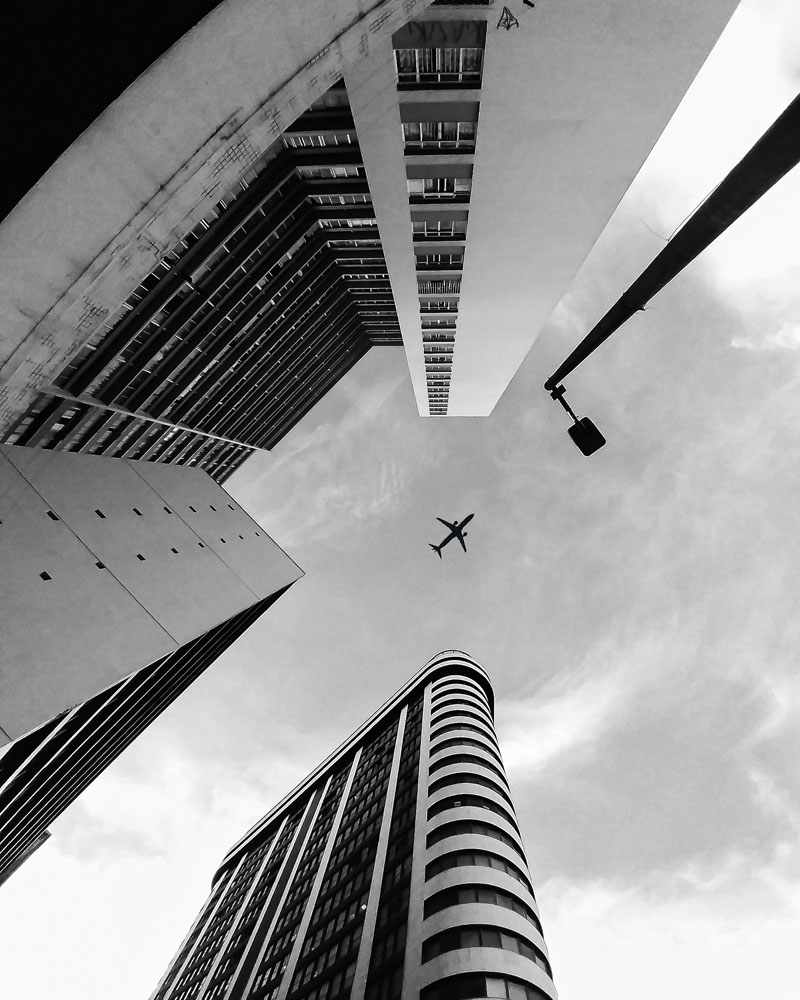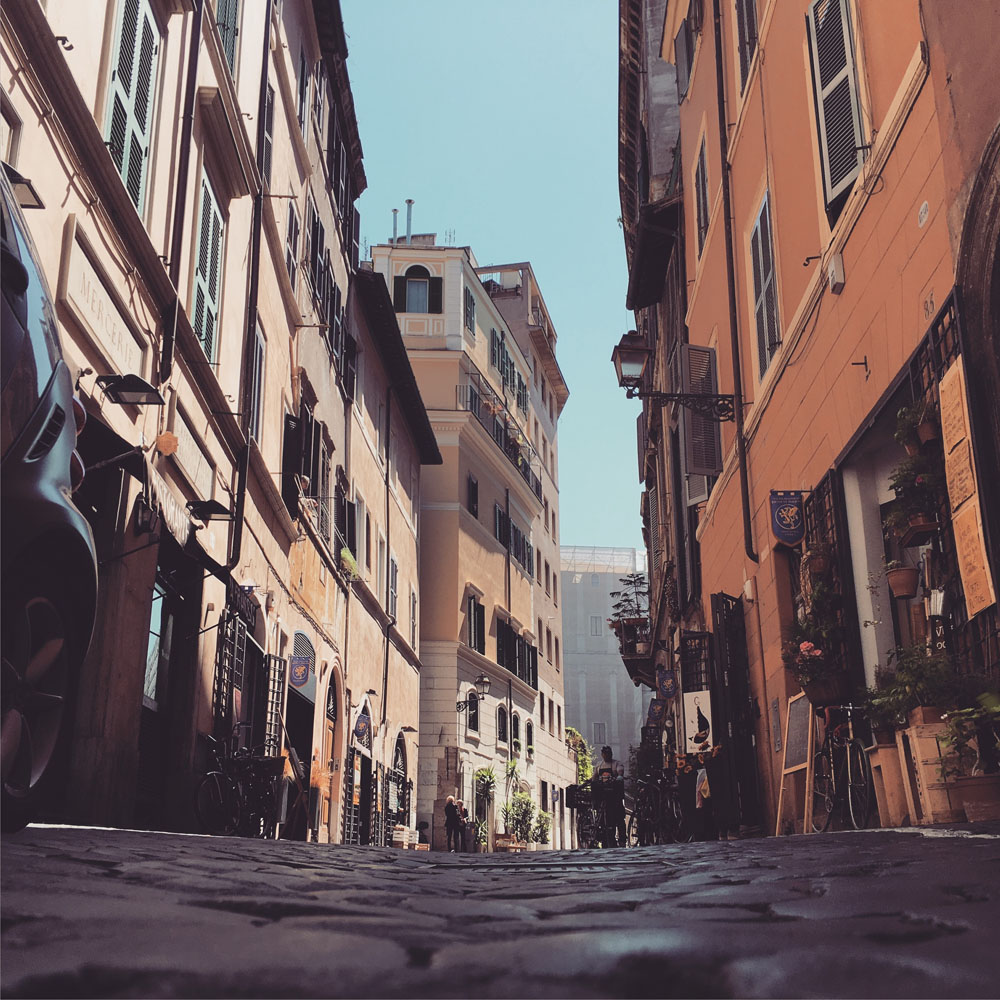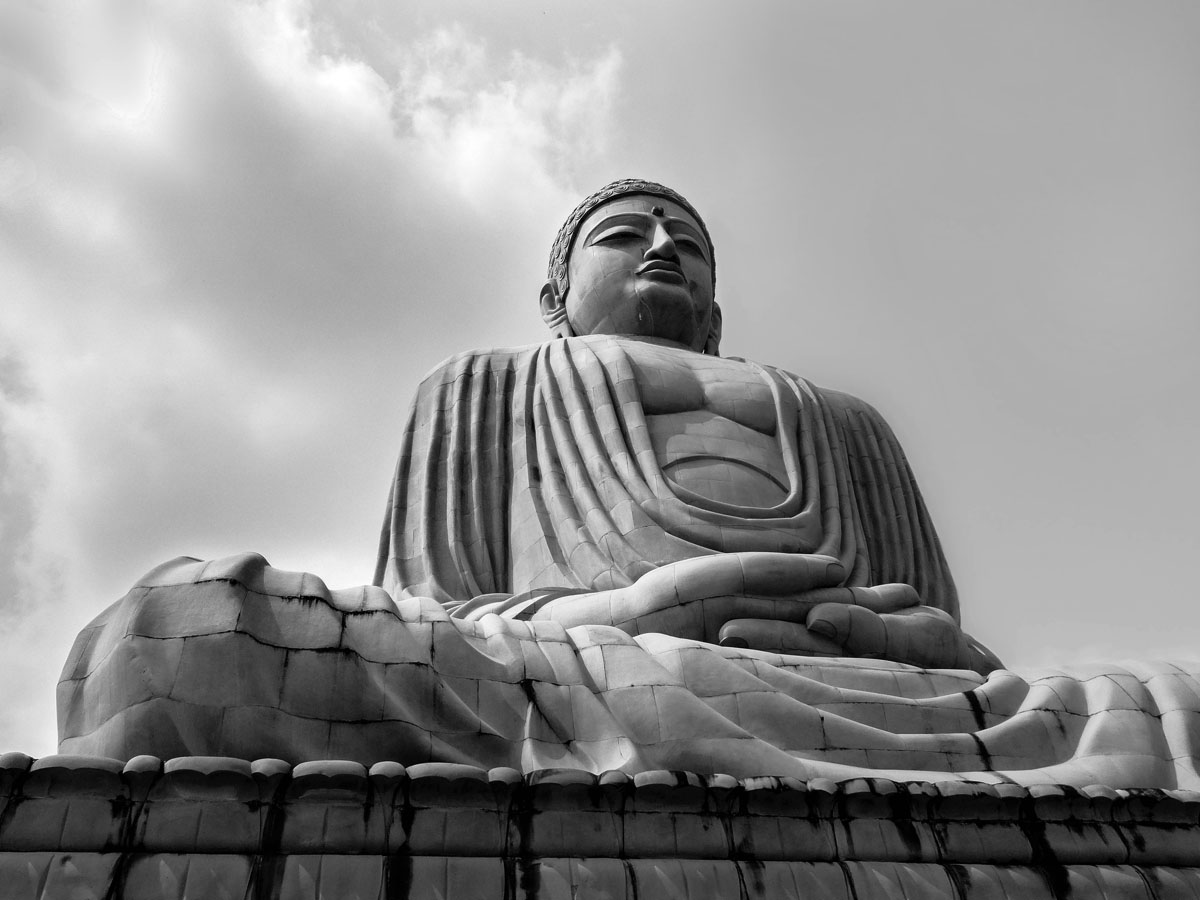Short description of the topic
Through this activity, children learn about the three basic perspectives: bird’s eye, eye level, and worm’s eye. They observe photos and try to compare the effect of different perspectives.
Learning outcomes
-
Competencies
- Visual competence: observation, visual perception
- Artistic competence: fostering creativity, learning about perspective
- Digital and media competence: basic skills in photography
-
Target group
5 years and up- Small groups
-
Required materials
- Camera
-
Materials
- Examples of different perspectives in photography
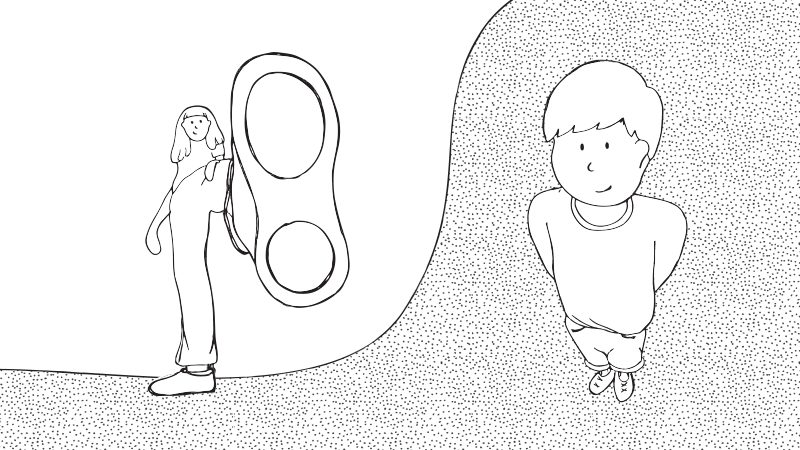
Download
(.pdf 547.49 KB)
Description of the activity (step by step)
Preparation:
Present some photos with different perspectives. Think together about how they appear to the viewer. Do they think the photos are interesting? Why?
Observe that the photos are taken from different perspectives. Some are taken from above, some from below. Tell children that in photography it is important to choose an interesting point of view. They can take the bird’s eye view by going above the object. They can be on eye level or they can take the worm’s eye view by going below, for example, to lie on the tummy and shoot up.
Implementation:
Distribute cameras and let each child experiment with different perspectives. Invite them to select an object and photograph it from different views. It can be a toy, a friend, a flower, or something on the playground.
Reflection:
View the photos together on the computer. Select some examples of objects from different perspectives and print them out. Discuss them: how do the objects look from different perspectives? What makes them interesting?
Variations and additional ideas
Complement this activity with https://media.eduskills.plus/activities/art%2Fgiants.Think about how you are going to show the angles that are normally hard to capture (view from below and above).


